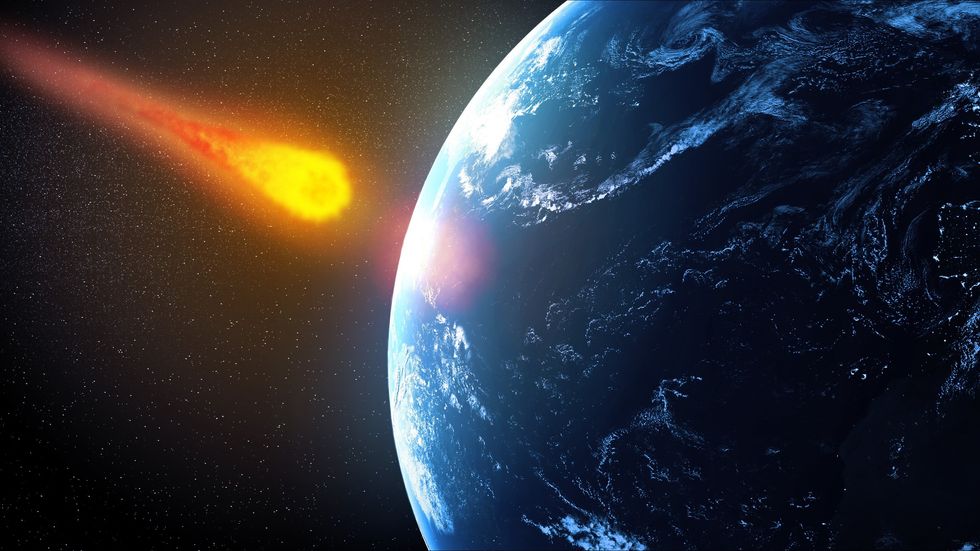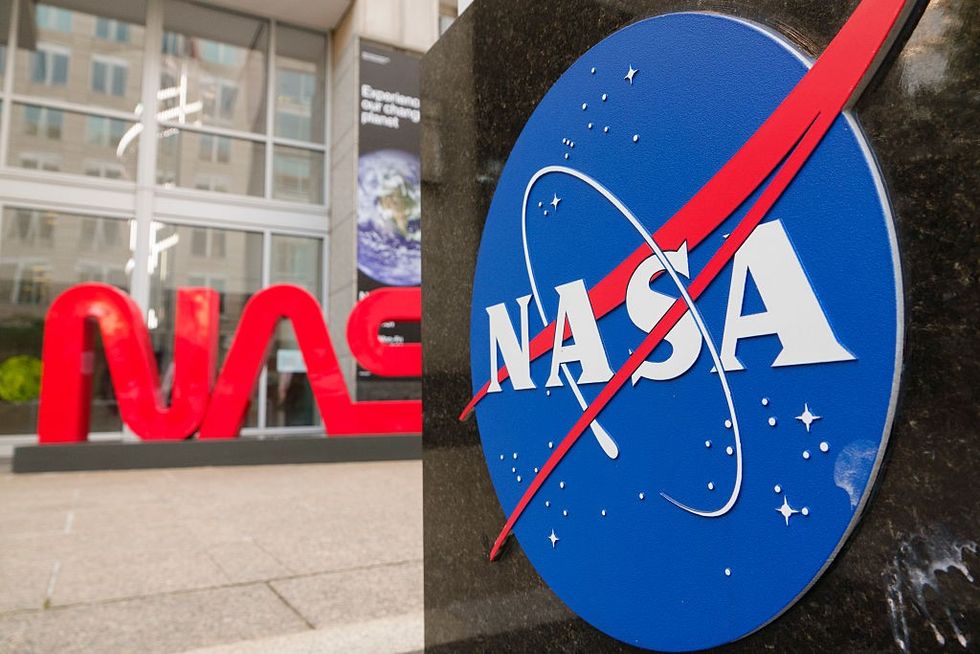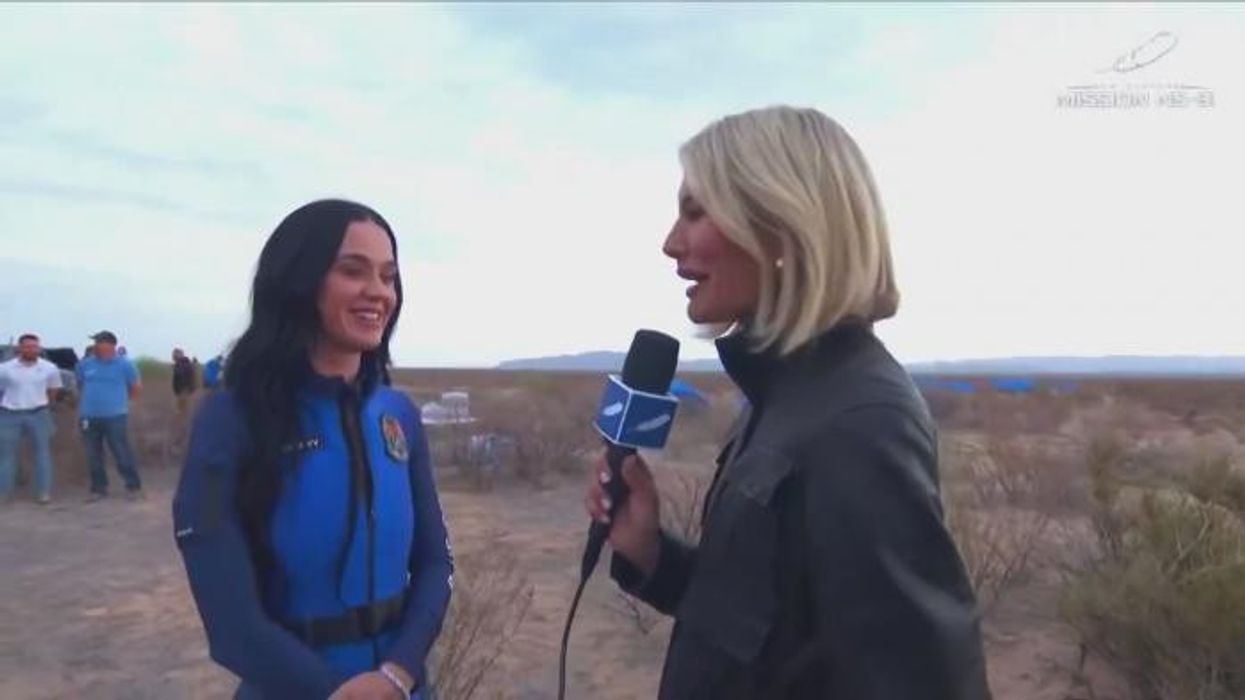Asteroid bigger than Leaning Tower of Pisa hurtling towards Earth and is set to pass in just days

Nasa is monitoring 2025 OW, which is due to zip by Earth later this month
Don't Miss
Most Read
A space rock measuring approximately 64 metres across is speeding towards Earth at nearly 47,000 miles per hour, with its closest approach expected on Monday 28 July.
The asteroid, designated 2025 OW, stands taller than Italy's famous Leaning Tower of Pisa, which reaches 56 metres in height.
Nasa's Jet Propulsion Laboratory has been closely monitoring the celestial object's trajectory as it hurtles through space.
The American space agency classifies the asteroid as aeroplane-sized, though its 210-foot diameter makes it a substantial object by astronomical standards.

The asteroid is set to zip past the earth
|GETTY
The space rock will reach its nearest point to Earth in just five days' time, maintaining its rapid velocity throughout its journey past our planet.
When 2025 OW makes its closest pass, it will remain at a safe distance of roughly 393,000 miles from Earth, equivalent to approximately 1.6 times the journey to the Moon.
Nasa's tracking systems have identified this as one of five space rocks scheduled to fly past our planet next week.
Additional asteroids will follow in quick succession. On July 26, the 110-foot-wide asteroid 2025 OX will pass at a distance of 2.81 million miles.
Two days later, alongside 2025 OW, asteroid 2018 BE5 will approach within 2.58 million miles.
LATEST NEWS FROM OUTER SPACE:
 Nasa said asteroids like 2025 OW are 'routine' | GETTY
Nasa said asteroids like 2025 OW are 'routine' | GETTYFurther encounters are expected on July 31, when 2025 OR passes at 3.04 million miles, whilst 2019 CO1 is projected to come within 4.24 million miles next month.
Despite the dramatic headlines, Nasa officials stress that such encounters are commonplace occurrences in our solar system.
"This is very routine," Ian J O'Neill, media relations specialist at Nasa's Jet Propulsion Laboratory, told ABC News. "If there was a threat, you would hear from us. We would always put out alerts on our planetary defence blog."
Davide Farnocchia, an asteroid specialist at Nasa's Center for Near-Earth Object Studies, echoed this reassurance. "Close approaches happen all the time -- it's just part of the fabric of the solar system."
Scientists have precisely calculated 2025 OW's trajectory for decades ahead.
"We know exactly where it's going to be. We'll probably know where it's going to be for the next 100 years," O'Neill said.
Space rocks of various dimensions present different risk levels to our planet. Objects measuring 160 feet or larger could devastate local areas and create impact craters, though such events occur approximately once every millennium.
Asteroids exceeding 500 feet in diameter might cause fatalities across metropolitan regions, but these collisions happen roughly every 20,000 years.
Whilst 2025 OW won't be visible through binoculars, astronomy enthusiasts can anticipate a spectacular event in April 2029.
The 1,115-foot asteroid Apophis will pass within 38,000 kilometres of Earth, closer than geostationary satellites orbit.
"For an object the size of 2025 OW, while close approaches might happen yearly, an actual Earth impact would only occur roughly every 10,000 years," Farnocchia notes.











